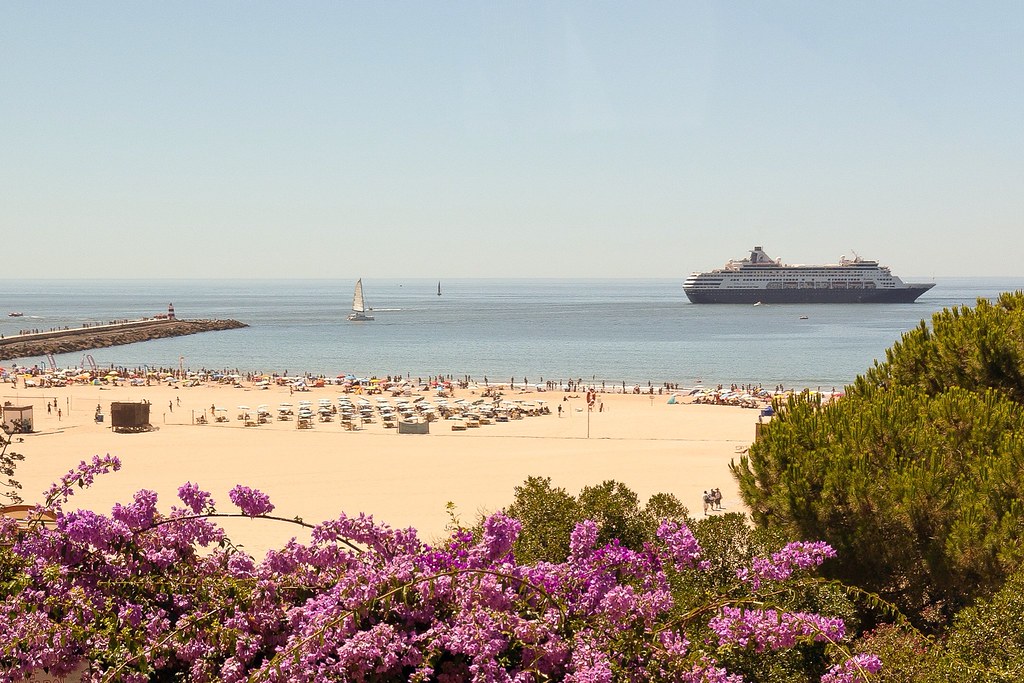
Above: The famous beaches of the Algarve in Portimão.
Portimão is a Portuguese town in the Algarve region on the southern coast of Portugal. The town has 41,000 inhabitants and known for its sporting events which include the Lisbon to Dakar Rally as well as sailing and surfing.
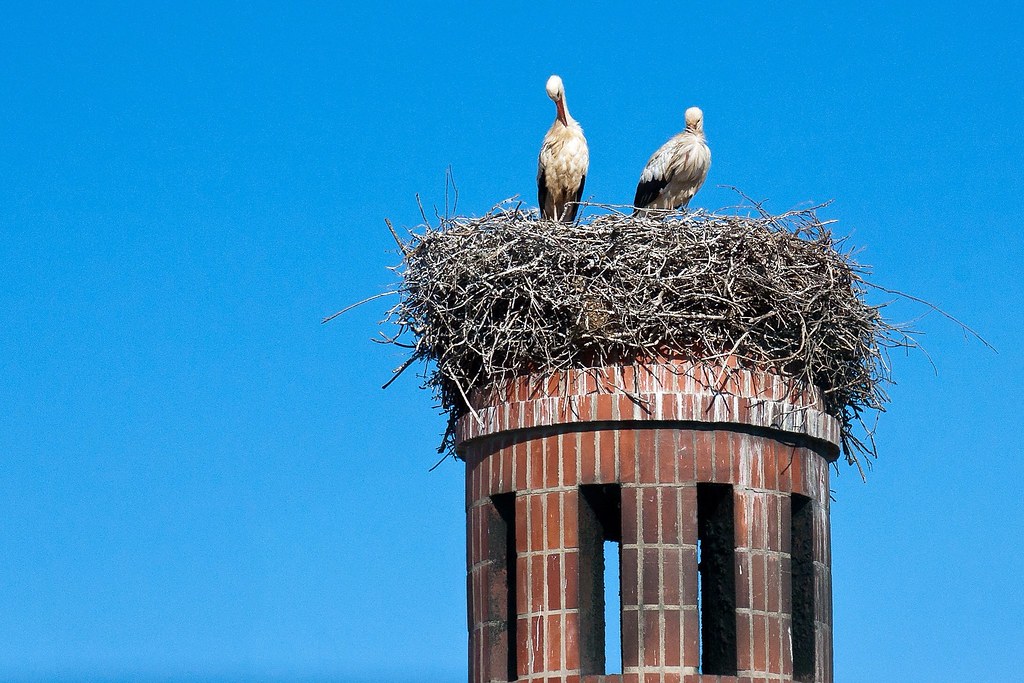
Above: We saw a lot of nesting cranes on chimney stacks!
On our one and only visit here, I took a shore excursion to the nearby city of Silves, which was very important historically. The region of Silves has been inhabited since the Palaeolithic, thanks to the river Arade, which linked to the open ocean and allowed for the transport of produce and commerce. The town of Silves was possibly founded during the times of Roman domination, when the region was part of the Lusitania province.
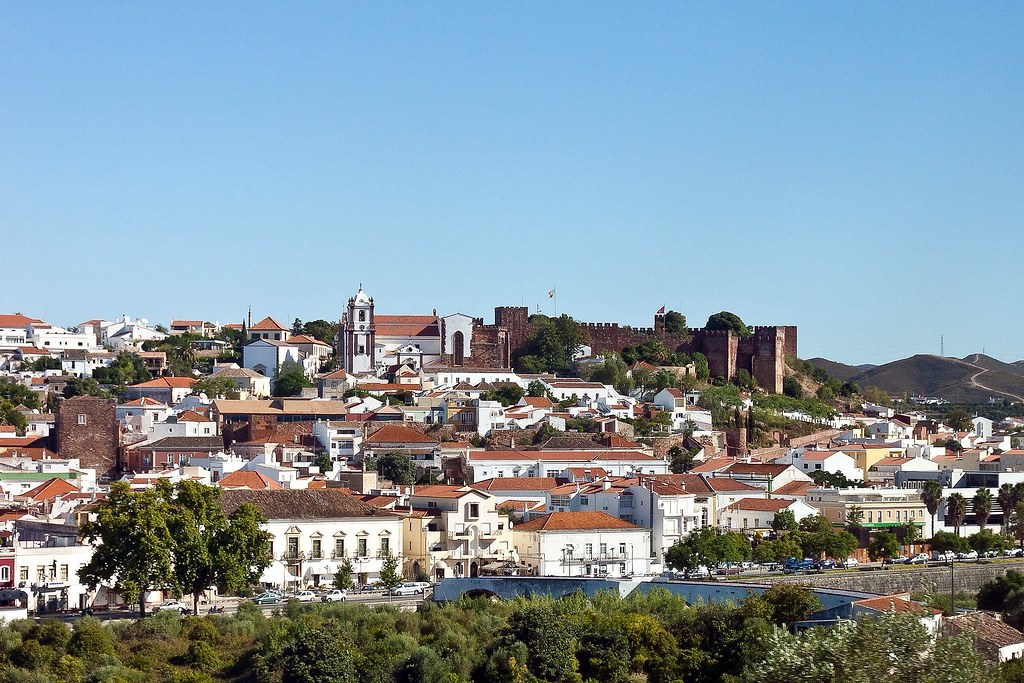
Above: A view of Silves from the road leading into the town. Note the Moorish Castle on the right.
After walking through an indoor market and up the narrow streets, we visited the Archaeological Museum of Silves with collections from pre-history including both Roman and Moorish periods.
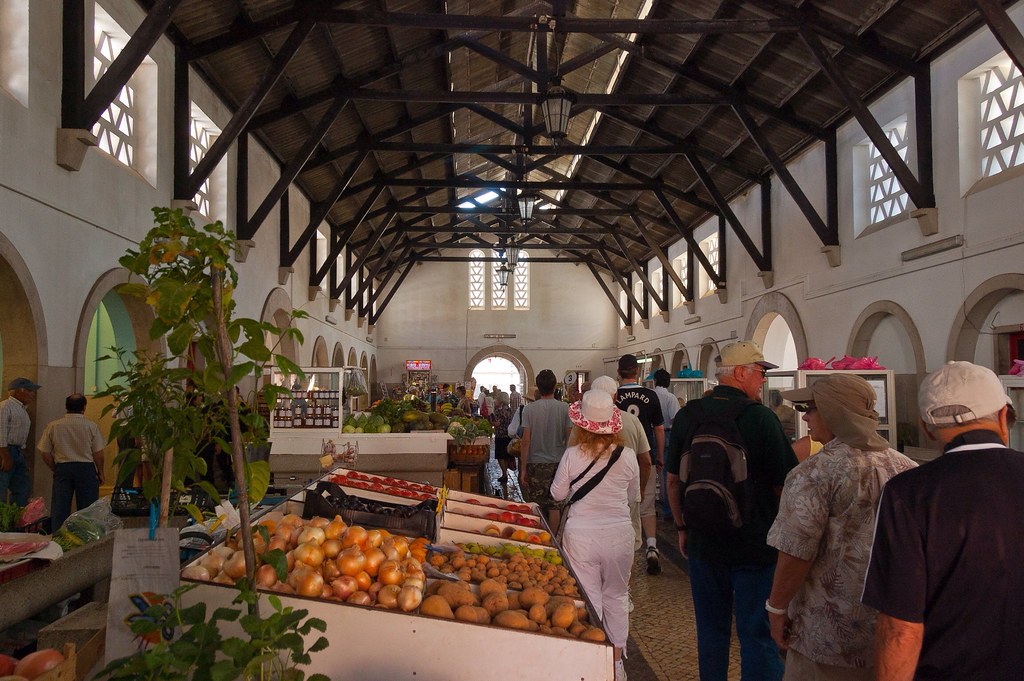
Above: The Indoor Market.
After 713, when the Moors invaded Iberia, Silves became part of the Umayyad kingdom of Córdoba. The town was finally taken from the last Muslim king Ibn Afan by Paio Peres Correia, Grand-Master of the Order of Santiago in 1242. The great mosque was changed into Silves Cathedral (Sé Catedral). In 1491 the town was given to queen Leonora by King João.

Above: Quaint and narrow streets abound in Silves.
After visiting the museum, we then continued up the steep streets (the passengers were complaining about the climb by this point!) towards the Moorish Castle.
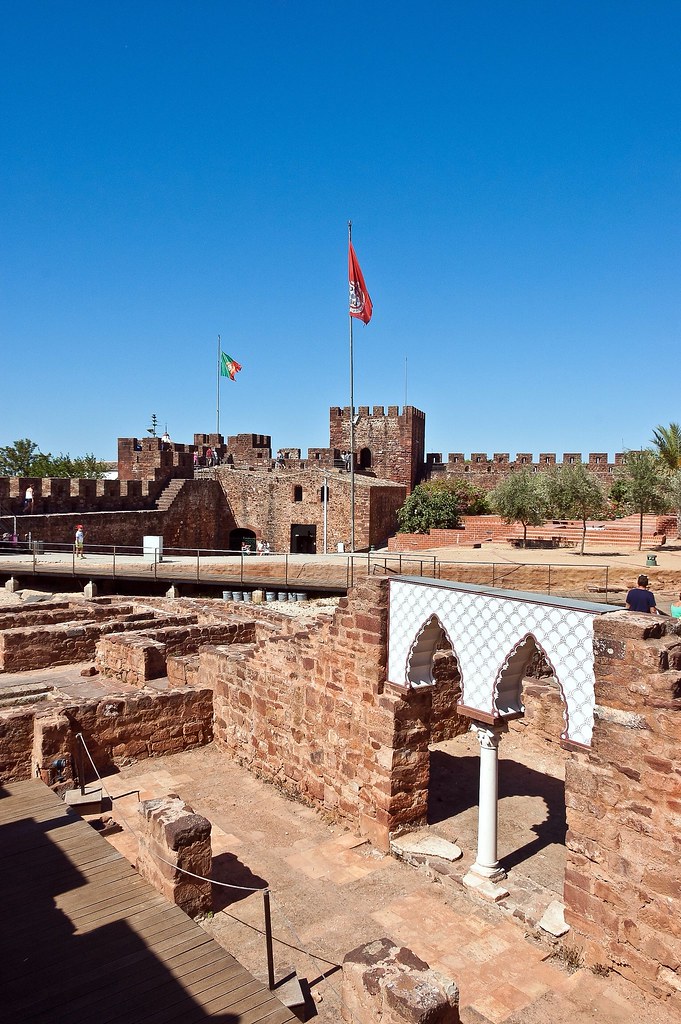
Above: Inside the Castle.
Silves Castle is located on the top of the hill and has walls of red sandstone which were heavily restored in the 1940s. We walked all the way around the ramparts which feature protruding towers to protect the castle. After the Christian conquest, the castle served as the seat of the provincial governor until the middle of the 16th century, when it was used as a prison.
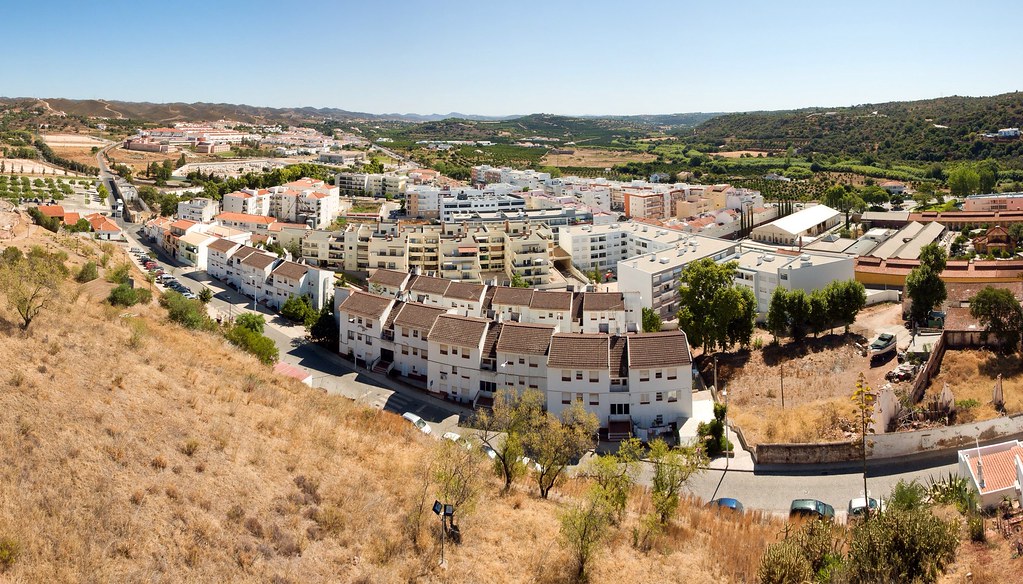
Above: A view from the castle of a more modern housing development.
PALERMO, Italy
I also want to briefly give you a glimpse of Palermo, a city over 2,700 years old and the capital of Sicily, noted for its history, culture, architecture and gastronomy. I was an escort for a very basic tour which showed us some of the sights of Palermo. The tour was so basic that I had to tell the guests what the places were and how long we had to stay there. The worst part was that the driver didn't speak any English!
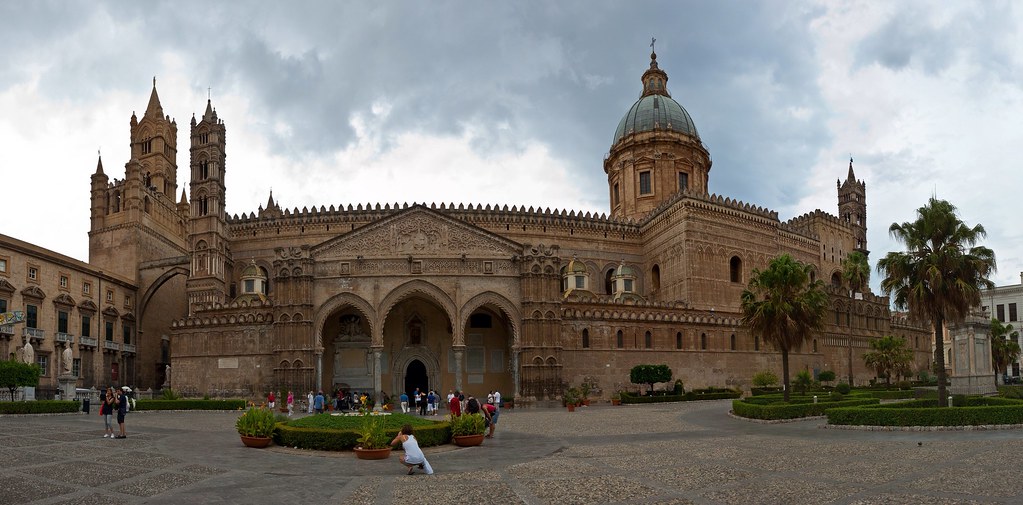
Above: Palermo Cathedral
The city was founded by the Phoenicians and later became part of the Roman Empire and eventually part of the Byzantine Empire, for over a thousand years. From 827 to 1071 it was under Arab rule during the Emirate of Sicily when it first became a capital. Following the Norman reconquest, Palermo became capital of a new kingdom (from 1130 to 1816), the Kingdom of Sicily. Eventually it would be united with the Kingdom of Naples to form the Two Sicilies until the Italian unification of 1860.
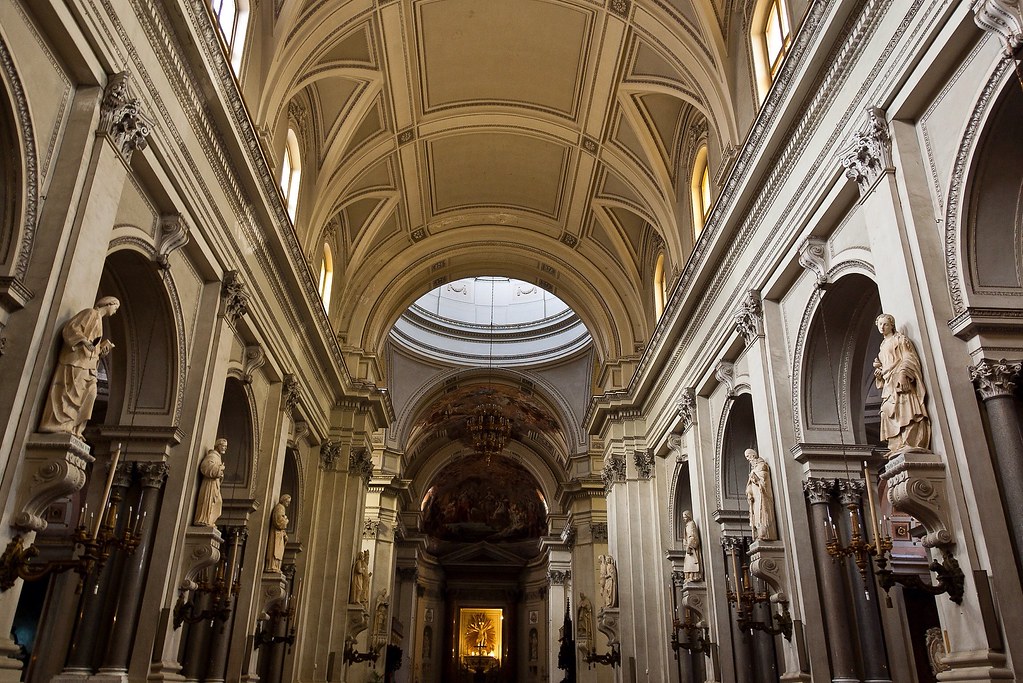
Above: Inside Palermo Cathedral.
Palermo Cathedral is the city's cathedral and main church. It is characterized by the presence of different architectural styles, due to a long history of additions, alterations and restorations, the last of which occurred in the 18th century. The best part of the Cathedral however, was the location of the toilets! They were hidden through a tunnel behind an altar which you had to walk through! The craziest location for toilets ever!

Above: Many people in Sicily including here in Palermo, are quite poor and these concrete housing estates are common - the less glamorous side of Italy.
We also visited the Orto botanico di Palermo (Palermo Botanical Gardens), founded in 1785, which are the largest in Italy. They were distinctly underwhelming but there was an impressive temple-like structure at the entrance!

Above: The 'Temple' at the Botanic Gardens which housed a small museum.
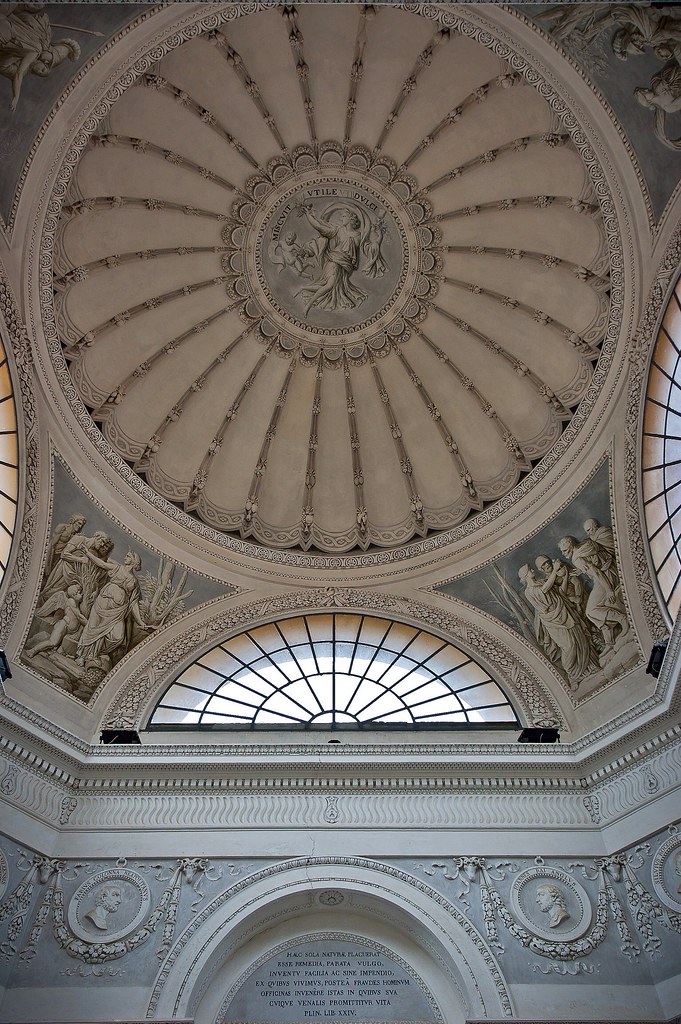
Above: Inside the 'Temple'.
Other attractions in Palermo include the Teatro Massimo ("Greatest Theatre") which was opened in 1897 and is the largest theatre in Italy and the third largest in Europe as well as the many city gates which are often all that remains of the city walls, built in medieval times.

Above: One of the city gates.
Thanks for reading. I promise to have some more blog posts coming soon!

No comments:
Post a Comment